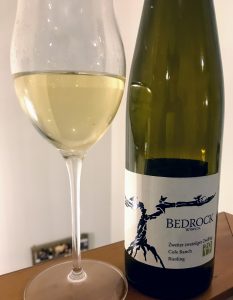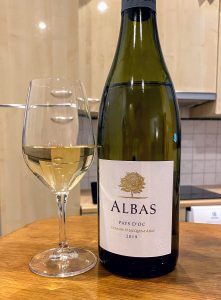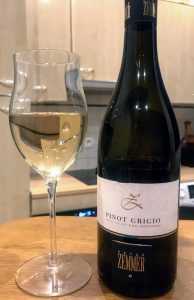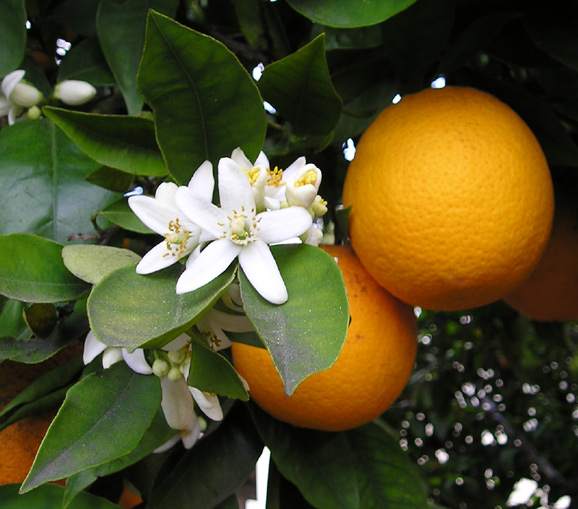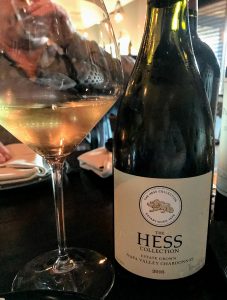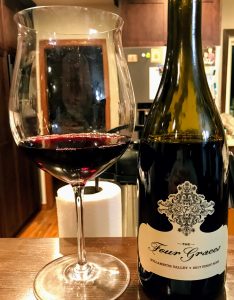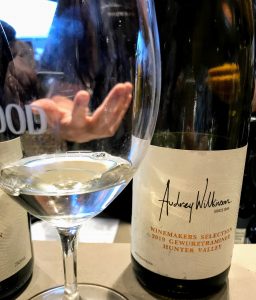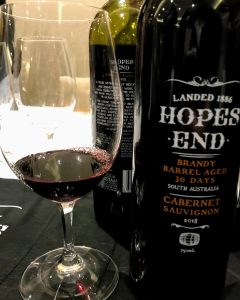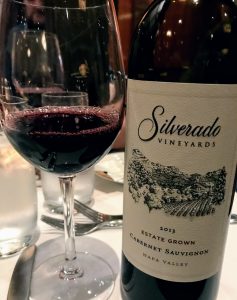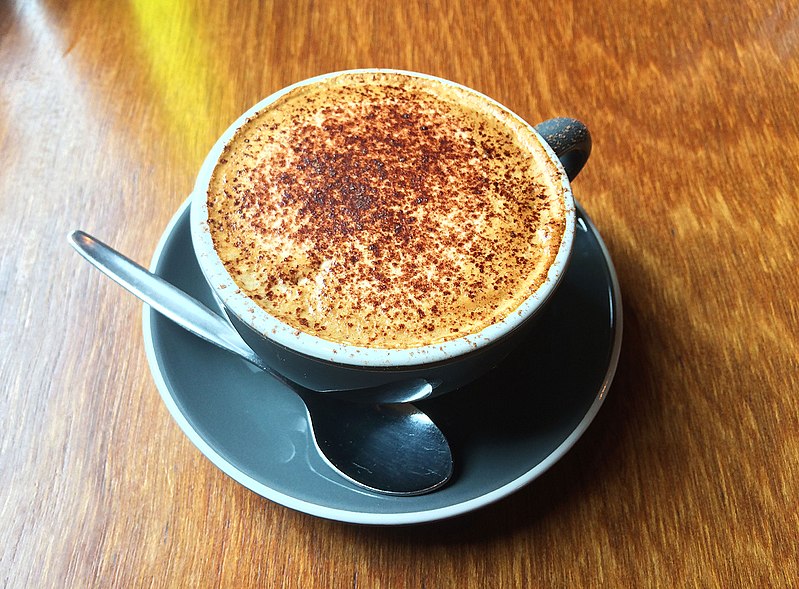Note: This was a sample wine.
A few quick thoughts on the 2017 Domaine of the Bee red blend from the Côtes du Roussillon-Villages AOC.
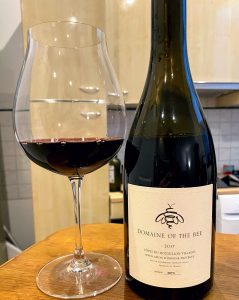
The Geekery
Justin Howard-Sneyd is a Master of Wine who, after a long career as a wine buyer for Safeway/Morrison’s, Sainsbury’s, Waitrose and Laithwaites, founded Domaine of the Bee with his wife, Amanda, and friend, Philippe Sacerdot.
From the first vintage in 2007, the flagship red is a blend of Grenache and Carignan sourced from their 4 ha estate spread out over three plots in the Agly Valley just south of Maury. Many of these vines are extremely old such as the WWI-era plantings in the schist soils of La Coume de Roy & La Roque and the 60+-year-old vines of Grenache planted on a streak of limestone at Bac de Genievres.
From the tiny yields of these old vines, Domaine of the Bee works with winemakers Richard Case (Domaine Pertuisane) and Jean-Marc Lafage (Domaine Lafage) to produce just 2500 to 5000 bottles a year.
The Wine

The roasted rosemary and lovely floral notes add depth to the rich fruit of this wine.
High-intensity nose–rich dark fruit (black cherry, plums) with some savory, roasted herbs. With air, a lovely floral note of violets & lavender emerge.
On the palate, those dark fruits carry through bringing chocolate & a creamy vanilla component as well. Medium-plus acidity with some stem character adds cinnamon spice and keeps the fruit feeling lively. Very full-bodied but well balance with no back-end heat from the alcohol. Long finish lingers on fruit & savory herbs.
The Verdict
This is a big wine but very well made, easy to drink and savor. Superbly solid for $50. With such small production, Domaine of the Bee wines can be tough to find, but in the US & UK, folks can buy direct from their site. For $30, I can also heartedly recommend the “baby brother” Bee-Side Grenache as well.
Bonus Geekery
In this excellent 67 Pall Mall webinar, Howard-Sneyd shares more of his story and what makes the Roussillon area so distinctive.

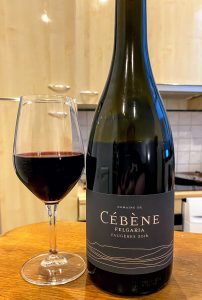 After working many years with Jean-Luc Thunevin of Chateau Valandraud in St. Emilion, Brigitte Chevalier founded Domaine de Cébène in 2006. Most of the Languedoc sits on a broad alluvial plain, but it was the unique schist soils of Faugères that caught Chevalier’s attention.
After working many years with Jean-Luc Thunevin of Chateau Valandraud in St. Emilion, Brigitte Chevalier founded Domaine de Cébène in 2006. Most of the Languedoc sits on a broad alluvial plain, but it was the unique schist soils of Faugères that caught Chevalier’s attention.
